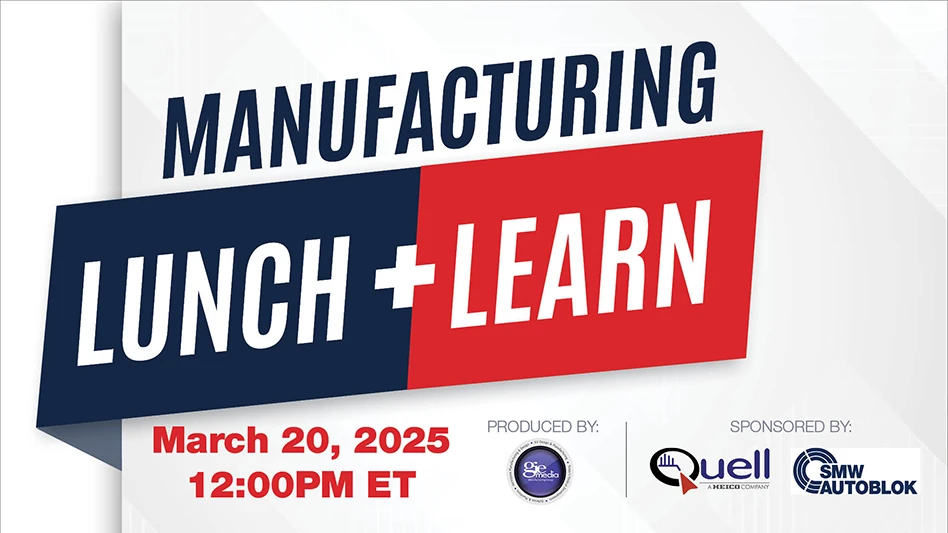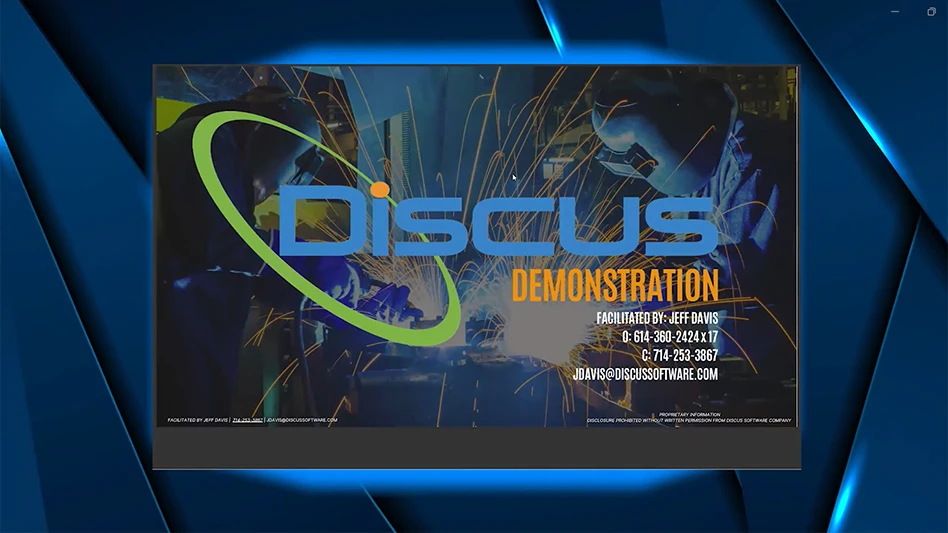 Wire-cutting electrical discharge machining (WEDM) – long considered a mature technology with little potential in the production of complex, high-value aerospace components – is providing aero engine manufacturers with a safe, flexible, fast, and highly productive alternative to conventional broaching.
Wire-cutting electrical discharge machining (WEDM) – long considered a mature technology with little potential in the production of complex, high-value aerospace components – is providing aero engine manufacturers with a safe, flexible, fast, and highly productive alternative to conventional broaching.
Using technologies developed by Switzerland-based GF Machining Solutions, manufacturers are using WEDM to produce aero engine components. In commercial applications, GF Machining Solutions’ CUT 200 Dedicated WEDM, now in development, will make WEDM a self-optimizing process in the future.
Such advances deliver heightened productivity, process security and traceability, and savings to aero engine manufacturers faced with the need to machine the latest-generation superalloys that are difficult to machine with standard processes such as broaching. The emergence of lightweight, difficult-to-machine materials is driven by international mandates to reduce aircraft fuel consumption, in part by reducing the weight of mechanical parts or increasing the operational temperatures that optimize engine efficiency, says Antoine Marty, aerospace segment manager, GF Machining Solutions, Business Development-Segmentation.
“Aerospace manufacturers have strong order books due to the big increase in air traffic from Asia, so they are in the middle of a huge ramp up and committing to new production records, year after year,” Marty says. “This puts an enormous amount of pressure on the aerospace supply chain. Aerospace manufacturers have an increased need for technologies that deliver reliability, high productivity, and compactness – without compromising their commitment to process quality and traceability.”
The CUT 200 Dedicated incorporates a built-in, A/B tilting rotary table to accommodate machining of complex, alloyed aerospace components, such as turbine disks, using C-axis rotation and ±20° B-axis tilt.
With high levels of speed, performance, and quality, aero component manufacturers can better control their production costs, according to Marty. “Most profile slots for turbine industry disks can easily be machined with the CUT 200 Dedicated, thanks to its large working area,” Marty adds.
Defying conventional wisdom
Though it has found a firm foothold, the CUT 200 Dedicated emerged in defiance of conventional wisdom about WEDM’s value in aero engine component manufacturing, according to Roberto Perez, a physicist and head of Applied Research, Innovation, Research, and Development at GF Machining Solutions’ headquarters in Geneva.
“Manufacturers’ caution about WEDM is based on pre-1975 indications that it was a slower process and that it could leave critical components vulnerable to fatigue due to recast layer formation, cracks, tensile residual stress, and variations in microstructure and microhardness,” Perez says.
However, WEDM cutting speed has increased fivefold in the past 20 years for more general applications and has nearly doubled for more complex profiles – such as fir tree slots in aero engine turbine disks, Perez states. The company and its research and industrial partners have been advancing WEDM technology with improved generators, use of coated wires, increases in system control efficiency, monitoring capabilities, improved onboard machining strategies and process traceability, and anti-electrolysis procedures.
 GF Machining Solutions contributed to the University of Birmingham (U.K.) 2012 research demonstrating the important role WEDM can play in aerospace machining as a replacement for broaching. Broaching, which removes workpiece material by continuous shearing and deformation, can produce compressive residual stress in the machined surface of an aero engine component, which may leave sub-surface defects.
GF Machining Solutions contributed to the University of Birmingham (U.K.) 2012 research demonstrating the important role WEDM can play in aerospace machining as a replacement for broaching. Broaching, which removes workpiece material by continuous shearing and deformation, can produce compressive residual stress in the machined surface of an aero engine component, which may leave sub-surface defects.
In contrast, WEDM uses melting and evaporation to erode the workpiece surface without any contact between the tool and the workpiece, and latest WEDM developments produce nearly no residual stress on the workpiece surface and no defects after the last finishing cut.
According to research conducted by Prof. David Aspinwall at the University of Birmingham, customers in aerospace are experiencing advantages when using WEDM compared to broaching. These advantages are clear when considering the productivity gains, high-quality results, and onboard eTracking technology for process traceability against the results of WEDM in comparison to the expense and footprint of broaching. For example, a broaching machine – depending on the size and application – can cost $3.4 million, and replacing a broken tool can cost more than $226,600. Factor in the cost of a 100mm x 50cm disk of Udimet 720 and the related costs of machining errors, and WEDM as an alternative to broaching increases accordingly.
Research conducted at the University of Aachen in Germany is expected to benchmark WEDM against both broaching and grinding, demonstrating that WEDM produces equal or better results than broaching and grinding in fatigue life resistance. A GF Machining Solutions customer using the CUT 200 Dedicated in aerospace component manufacturing is conducting its own internal studies, and the machine’s performance so far confirms scientific research conducted during the past five years.
Full process monitoring
Standard to the CUT 200 Dedicated is eTracking software, which allows manufacturers to identify key process parameters to follow-up in surveying part quality.
“Conventional aerospace machining processes, such as broaching, do not have this capacity to follow up the machining process with high-quality indicators that are made possible by WEDM electronic process controls,” Perez explains. “With eTracking, all information related to the process is digitized and closely controlled. This capability is extremely particular to WEDM solutions for aerospace manufacturing and of very high value to our aerospace customers.”
On the horizon
Onboard eTracking sets the stage for intelligent WEDM, with zero-defect manufacturing, and self-optimizing machines and systems.
“As we are following up on all the key process parameters and data generated by our eTracking module and its ability to track part quality, the next development will be the machine’s ability to automatically adjust itself to improve quality with no operator intervention,” Perez explains. “With the knowledge the machine will have of the system, it will be able to self-optimize. This is very close to the concepts envisioned in Industry 4.0 or the ‘sustainable factory of the future’ and GF Machining Solutions is at the forefront of driving the commercialization of these solutions of the future – within five years. There is already a demand for these capabilities and we expect that demand to grow, as manufacturers are now facing new and critical challenges in productivity, flexibility and resource efficiency for optimizing their profitability.”
GF Machining Solutions
www.gfms.com/us
For details and specs on the CUT 200 Dedicated, go to http://goo.gl/BDBBIh.
Get curated news on YOUR industry.
Enter your email to receive our newsletters.
Explore the June 2015 Issue
Check out more from this issue and find your next story to read.
Latest from Aerospace Manufacturing and Design
- Ralliant to establish global headquarters in North Carolina
- Philatron MIL-DTL-3432 military cables
- Beyond Aero refines its hydrogen-electric light jet
- Americase's advanced protective solutions
- Social media - what are your thoughts
- GE Aerospace secures Air Force engine contract
- Thomson Industries' online sizing and selection tool
- #53 - Manufacturing Matters - 2024 Leaders in Manufacturing Roundtable






